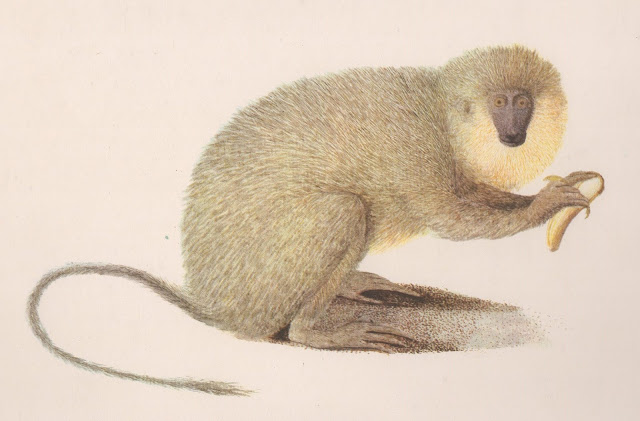
Around 60% of all species of primates in the world are holding in Brazil, Madagascar, Indonesia and the Democratic Republic of Congo. Consequently, these countries concentrates the greatest average of primate species threatened, endangered, or critically endangered, according to parameters established by the IUCN Red List of Threatened Species. There are 149 species and subspecies of primates in Brazil. They lived in their habitats close to various native human groups long before the arrival of first European explorers in the 16 th century. Given their sociability, groups of monkeys drew attention to hunters and naturalists and some species, as the Alouatta guariba , were repeatedly described by colonists, naturalists and travelers who testimonied how they used plants to self-medication without delay after being shot. The link available below offers an amazing overview of t...

